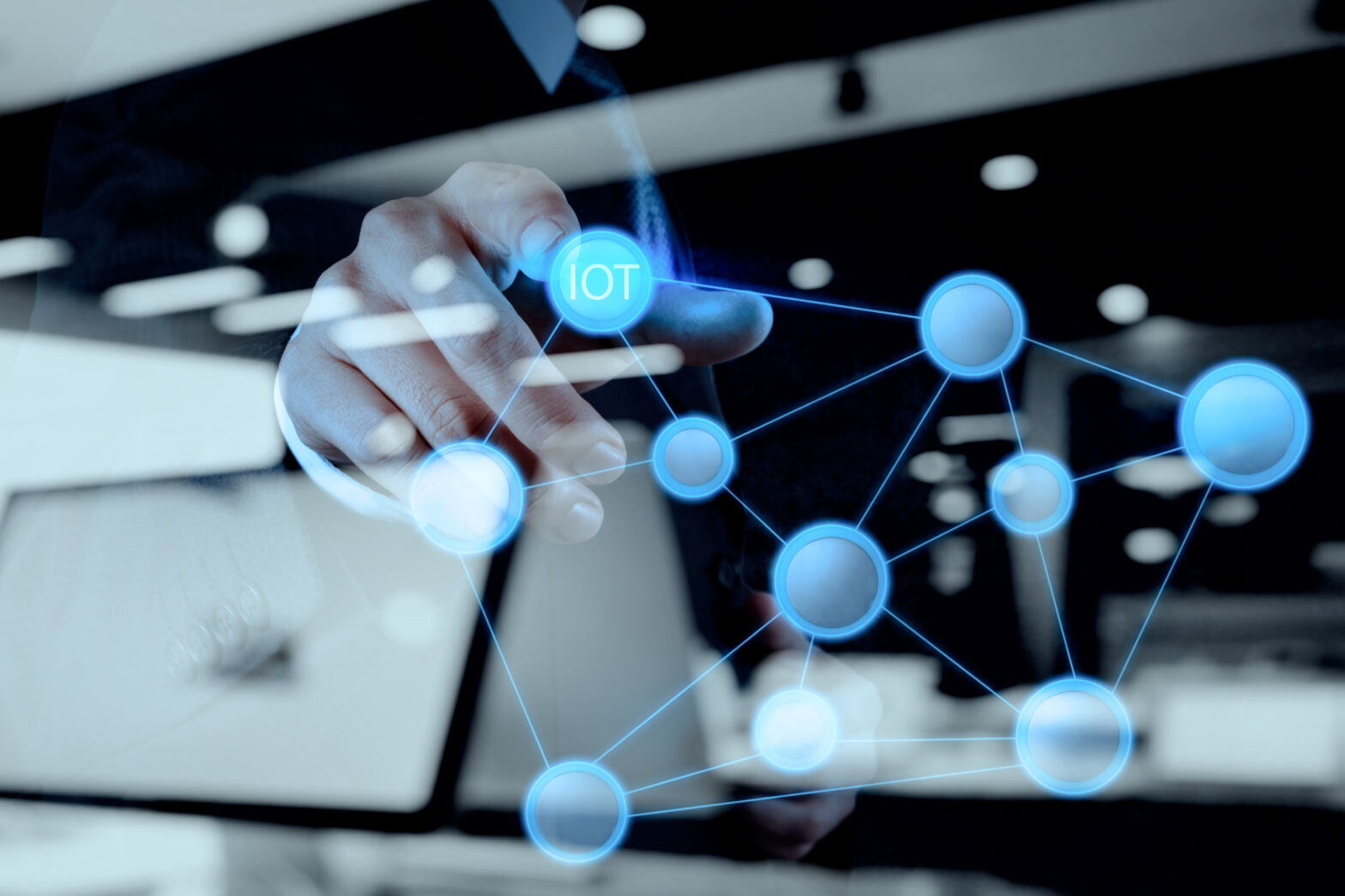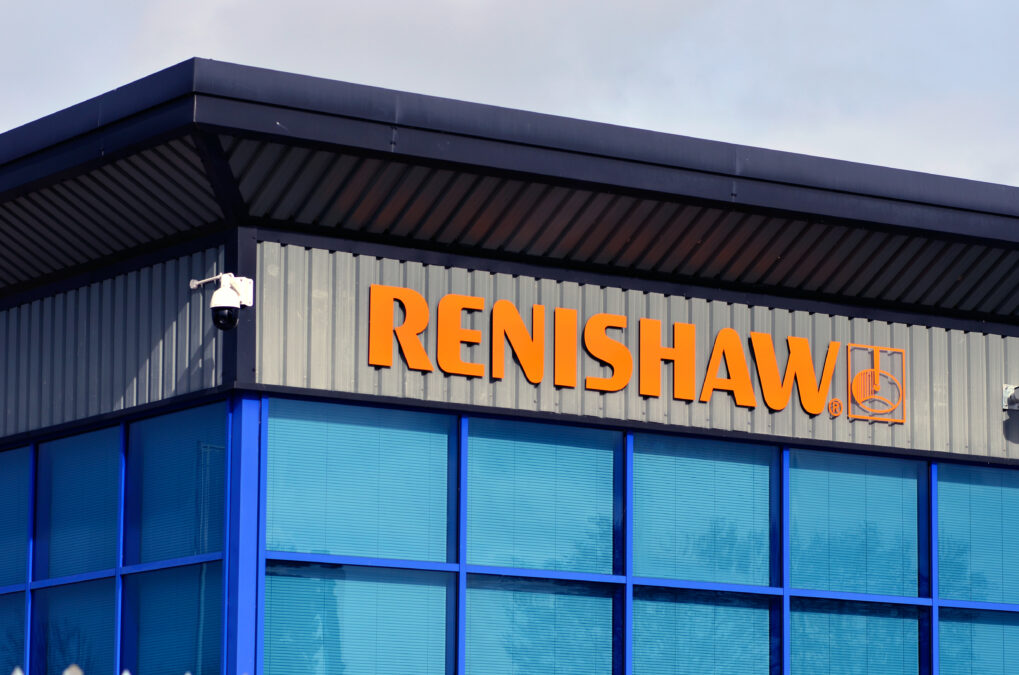Investment in innovations is making it easier to record, track and monitor the world we live in, and fill some of the most critical data gaps.
But collecting and analysing data in a structured and strategic fashion can allow businesses to significantly improve their own processes.
For example, by remodelling office layouts based on footfall to make access to resources faster. Or allowing smart machinery to proactively manage its own maintenance cycles, avoiding total system failure.
When the intelligent use of data is extended throughout the supply chain, the foundations of an enterprise, and perhaps even a whole industry, can be reformed.
More near-term and straightforward ambitions are immediately accessible. These could simply be to reduce operational costs and drive energy efficiencies – for example by managing power based on actual usage, or using environmental data to automate heating and ventilation.
>See also: How blockchain will defend the Internet of Things
Businesses can begin leveraging big data principles using their existing information streams and systems. Even the smallest of first steps can bring immediate, then long-term, results.
Connected clouds are powering change and creating opportunities for businesses to turn the Internet of Things (IoT) and big data hype into reality.
The phenomenal increase over the last five years in the number of connected devices across enterprises and has led to an explosion in data. Virtually every item of industrial equipment has a Wi-Fi connection option.
There has been a concurrent rise in the number of employees connected to the network through their mobile devices – with trends such as BYOD and the phasing out of desktop machines contributing to the Wi-Fi traffic.
In the space of a few years, Wi-Fi has become an essential component of corporate IT infrastructure. But the Wi-Fi network can itself become a source of valuable data based around how those resources are being used.
If every device in the organisation is connected and can be interrogated, a virtually unlimited pool of data generated by internal processes can yield huge business value. A purchase of a commodity suddenly becomes a strategic investment, with a return in the form of operational insight.
Such data can then be added to the analytics mix, revealing new, actionable insights into the behaviour of customers, employees or visitors.
But all too often, data collected by businesses – whether relating to stock management, customer preferences or warehouse operations – is considered in silos, leading to business-wide insights being missed.
The true value of a dataset can only be fully exploited by cross-referencing it with other sets of data.
For example, manufacturers can analyse factory-machine usage data with other sets of data relating to incidences of machine breakdowns. This can help anticipate maintenance issues and better protect their machines.
Businesses already have a range of data stored in all of their applications and data clouds – they just need a way to connect and query them. This can unearth endless patterns and insights, and create savings that gradually mount up.
Over time, this data can increasingly be applied to more wide-ranging issues, such as resourcing plans, the physical layout of buildings or the acquisition of future places of work.
Insights from data can improve service and operations with a long-term view to increasing turnover and profitability.
Deloitte’s Amsterdam office, The Edge, uses intelligent Wi-Fi and sensors connected via the ‘digital ceiling’ – using light over Ethernet, developed with Philips, to assist with facilities management and proactive maintenance.
This information can then be used to plan and allocate resources. Sensors detect whether a room has been used during the day, and whether it actually requires cleaning – reducing wasted time and effort.
The same sensors also provide valuable information to workers in the office via a dedicated smartphone app.
For example, they can control the environmental conditions in their workspace, adjusting lighting and temperature for comfort. This can result in small gains to productivity.
Sensor data is only of value, however, when insights can be turned into automated action. Closing the loop might involve a connected car acting on the oil sensor data automatically, booking an on-site service, and freeing the owner to get on with other, more productive activities. This is ‘small data’ in action.
Innovation happens at the edge of the organisation, where workers at the coalface need to come up with solutions to new challenges that arise every day. But for maximum value, developments need to be integrated into the core – as quickly as possible.
Collecting data from sensors is one thing, but enabling intelligent, automated action based on that data is crucial to realising its true value.
>See also: The future of work beyond the Internet of Things
Looking to the future, the connected enterprise will be able to both collect data from a range of devices and act on insights in real time.
To realise the true value of the connected data, businesses (B2B or B2C) will need to consider investigating where data can be collected and define how data can be used to improve the customer’s experience – even if those changes take place in back-end operations.
By connecting and integrating back-end systems to unlock insights across the business, enterprises can better streamline operations based on insights empowering workers at all levels to use and act upon the data and insights collected to improve services at all levels of the organisation.
Wi-Fi is a key enabler in helping any organisation better understand day-to-day operations through real-time overview of employee movements and resource usage.
If an enterprise can monitor a process, it can almost certainly use technology to improve it. Without considering all uses of Wi-Fi data, businesses are missing opportunities to create new competitive advantages, process efficiencies and cost savings.
Sourced from Paul Hennin, senior director of international marketing, Aerohive






